What are the surface treatment processes for aluminum profiles?
The main processes for surface treatment of aluminum profiles are as follows:
Anodic oxidation
Principle: Aluminum profiles are used as anodes and placed in an electrolyte solution to form an oxide film on their surface through electrolysis. This oxide film has good corrosion resistance, wear resistance, and decorative properties.
Features: The thickness of the oxide film can be controlled as needed, generally between 5-25 microns. The film has high hardness, which can effectively protect the aluminum profile substrate and improve its service life. Various colors can be obtained through electrolytic coloring or dyeing processes, with good decorative effects.
Application: Widely used in fields such as building doors and windows, curtain walls, automotive components, electronic equipment casings, etc. Aluminum profiles treated with anodizing are used for building doors and windows, which are both aesthetically pleasing and resistant to wind and rain erosion.
electrophoretic coating
Principle: Under the action of a direct current electric field applied to the anode and cathode, charged coating ions move to the cathode and react with alkaline substances generated on the cathode surface to form insoluble substances, which deposit on the surface of aluminum profiles.
Features: It has good corrosion resistance and weather resistance, which can effectively prevent aluminum profiles from rusting and corroding. The coating is uniform, smooth, and has strong adhesion, which can achieve different surface effects such as high glossiness or matte.
Application: Commonly used in fields with high requirements for appearance quality and corrosion resistance, such as building aluminum profiles and furniture aluminum profiles. For example, after electrophoretic coating, aluminum profiles used in furniture have a smooth and bright surface that is not easily faded or corroded.
Powder coating
Principle: Use an electrostatic spray gun to spray powder coating onto the surface of pre treated aluminum profiles. The powder coating is adsorbed onto the surface of the aluminum profile under the action of static electricity, and then cured into a film through high-temperature baking.
Characteristics: The coating has good corrosion resistance, wear resistance, and weather resistance, and can adapt to various harsh environments. Rich in color, customized coatings with different colors and glossiness according to customer needs, and the coatings are not easy to fade.
Application: Widely used in industries such as construction, home appliances, and automobiles. Aluminum profiles on building facades are often treated with powder coating, which provides a wide range of color options while ensuring long-term weather resistance.
Fluorocarbon spraying
Principle: Fluorocarbon coating is sprayed onto the surface of aluminum profiles using a spray gun, and a coating is formed through multiple spraying and baking processes. Fluorocarbon coatings contain fluorocarbon bonds, which have extremely high chemical stability and weather resistance.
Characteristics: It has excellent weather resistance and can be used outdoors for a long time without fading or powdering. The coating surface is smooth, has good self-cleaning performance, is not easily contaminated with dust and dirt, and has extremely strong corrosion resistance.
Application: Mainly used in fields such as building curtain walls, high-end building doors and windows that require extremely high weather resistance and decorative properties. Some iconic buildings use fluorocarbon sprayed aluminum profiles for their curtain walls, which can showcase a unique appearance while ensuring long-term performance stability.
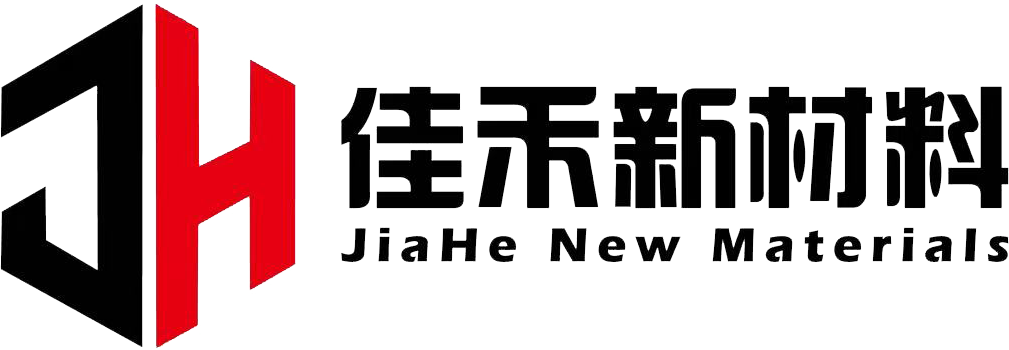


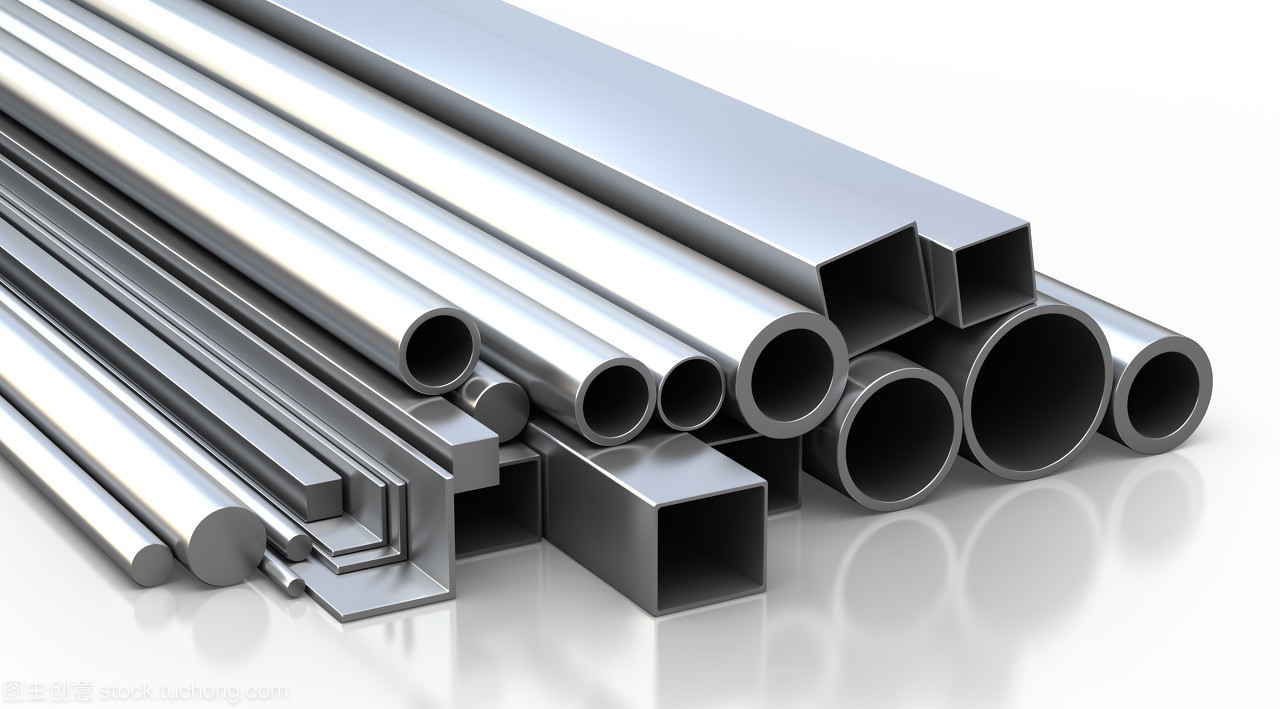
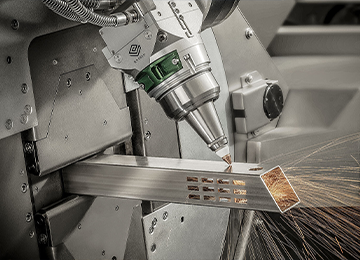

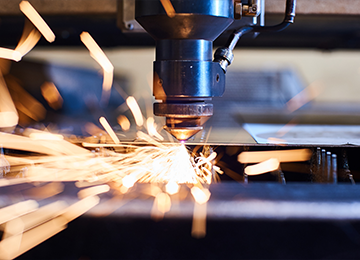
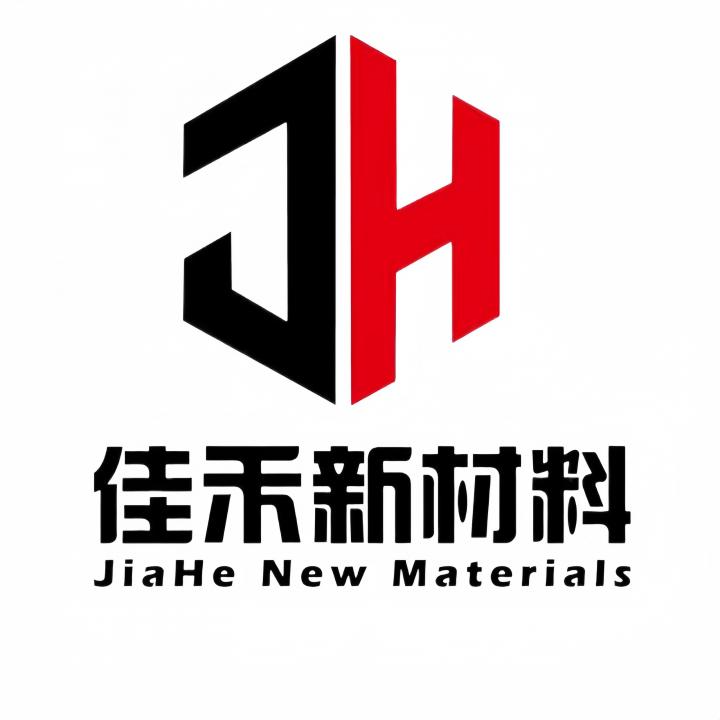




First, please LoginComment after ~